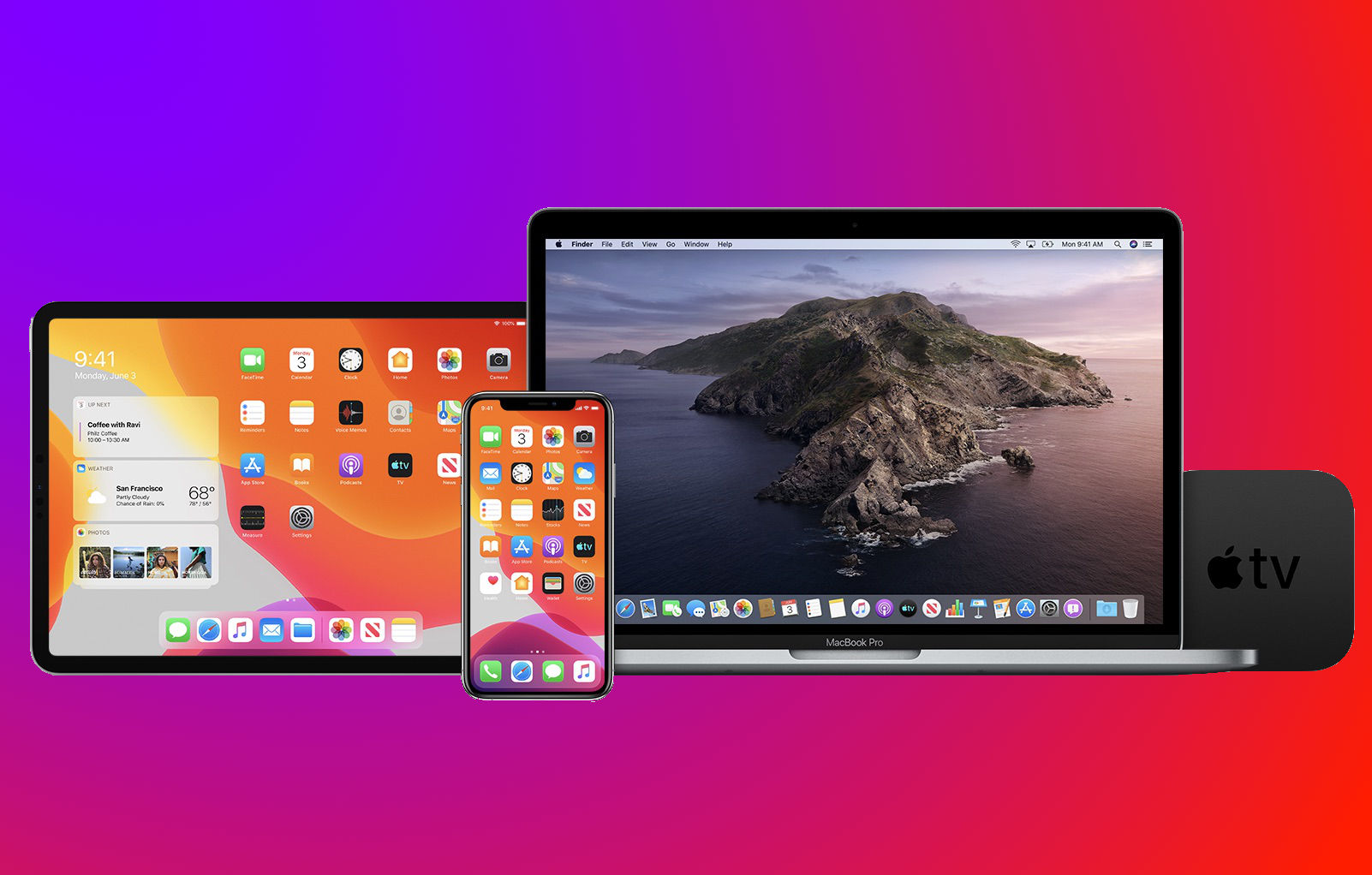Quick Links
- Install Telnet On Mac Catalina Update
- Install Telnet On Mac Catalina
- Install Telnet On Mac Catalina Os
- Install Telnet On Mac Catalina Free
- How Do I Install Telnet On A Mac
- Install Telnet On Mac Catalina Download
MacOS Catalinaにtelnetをインストール. 物理ルーター (Yamaha RTX 1500)を使った検証をするために、macOS Catalinaにtelnetをインストールしました。. On your Mac, choose Apple menu System Preferences, click Sharing, then select Remote Login. Select the Remote Login checkbox. Selecting Remote Login also enables the secure FTP (sftp) service. Specify which users can log in: All users: Any of your computer’s users and anyone on your network can log in. Only these users: Click the Add button.
Have you tried to use Telnet on MacOS only to find out it wasn’t there?You’re not alone, many have been disappointed to find out that Telnet hasbeen removed from modern versions of the system software starting fromMacOS Mojave and newer. These instructions will work for MacOS Mojave andnewer, I happen to be running Big Sur and this is what I did to get Telnetback.

Installing Telnet on MacOS with Homebrew
First I would like to mention that there is an easier route, that is usingHomebrew. I see a lot about it and many people seem happy with it but I havean aversion to putting it on my machine. If you don’t already have Homebrewon your machine, navigate over to the brew website and followthe installation instructions. I would caution against following themexactly though for security purposes. I would do it like this instead:
Open and inspect the install.sh script to see what it does and make sure you feelcomfortable running it on your machine. And then run it.
After installing Homebrew, install Telnet
Installing Telnet on MacOS by Building Telnet from Source
Install Telnet On Mac Catalina Update
This was the method I used. There are some prerequisite steps though, if youdon’t already have them you’ll need to install the MacOS command line tools.
Step 1: Installing the command line tools
Open a terminal and enter the following line, you’ll then be shown a pop upprompt.
Click install when the prompt pops up.
After that you’ll be shown a license which you’ll have to agree to in orderto install.
After that you’ll see the download progress and the install will happenafter that. Unfortunately I forgot to get screen shots of the followingmessage boxes.
Step 2: Getting the Telnet source
Install Telnet On Mac Catalina
For this step you’ll be getting the GNU network utilitiesnavigate to the download pageand find the latest source. At the time I’m writing this it’s 1.9.4:
Step 3: Extract the source
Step 4: Configure and build
Now that the source is extracted change into the directory:
Run the configure command:
Install Telnet On Mac Catalina Os
Run the make command to build:
And then install:
Either way you choose is fairly easy, the build for this is pretty straightforward and was very quick. I don’t think it even took me 10 minutes tobuild and install.
Greetings friends! After I upgraded my old MacBook Pro to High Sierra 10.13, Terminal surprised me with something like this: “telnet command not found on Mac”. What? It turns out! He was deleted! Well, here the question arose of how to return telnet on Mac?
Install Telnet on Mac via Homebrew
You must first install the missing Homebrew package manager. What does Homebrew do? Homebrew installs the packages you need that are not provided by Apple. Use this step-by-step guide for the fastest solution:
- Install Homebrew via Terminal:
Install Telnet On Mac Catalina Free
- Install telnet using the Homebrew package manager:
- We are waiting for the installation to complete;
- Now telnet is installed on macOS High Sierra. We check the performance:
How Do I Install Telnet On A Mac
Read more:How to Use the Port Scanner in macOS Network Utility?
Conclusion
Install Telnet On Mac Catalina Download
Of course, now few people use the telnet protocol, because there is SSH more powerful and secured tool, but still telnet sometimes could be necessary. Apple is so reckled about our security from that to exclude telnet from the list of basic Terminal commands on Mac.